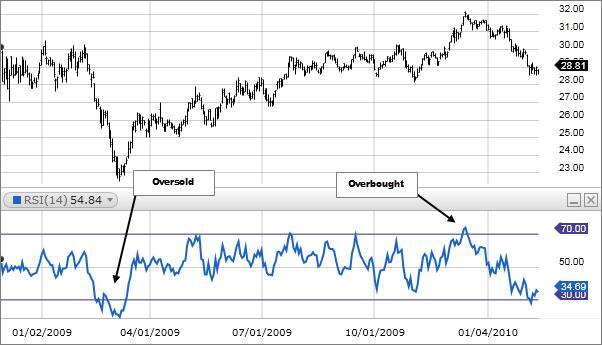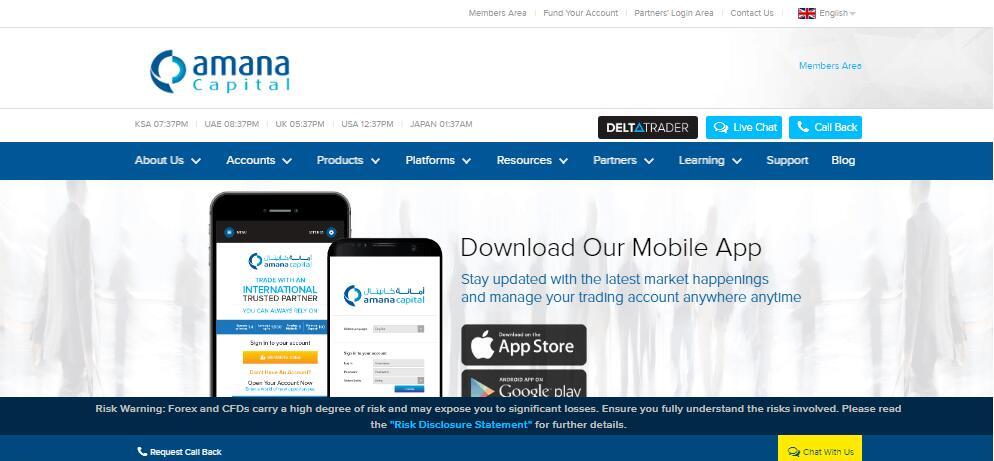
Instead, IFRS 12 Disclosure of Interests in Other Entities outlines the disclosures required for entities with joint control of, or significant influence over, an investee. To try these asset classes in a risk-free trading environment, register for a demo account or if you are ready to invest, open a live FlowBank account. Options are contracts where an investor pays for the opportunity but not the obligation to buy or sell an asset at a specific price. Forex is an abbreviation for ‘’Foreign Exchange’’ meaning a marketplace where investors can buy and sell currencies. You can buy American Dollars with your currency and then sell it in return for another currency and so on and so forth with all available currencies. The idea is to have an asset allocation strategy that puts a certain percentage of your funds into each asset class.
The quick ratio factors in only quick assets into its evaluation of how liquid a company is. Quick assets are defined as securities that can be more easily converted into cash than current assets. Investments are reported by the investor on its balance sheet and classified into current and non-current portions. Current investments (i.e. those expected to mature within 12 months) are called short-term investments while non-current investments are called long-term investments. Some investments which are can be easily converted to cash with negligible fluctuation in its value are classified as cash equivalents. Here, they include receivables due to Exxon, along with cash and cash equivalents, accounts receivable, and inventories.
In Note 3 to its financial statements, Apple provides a substantial amount of information regarding what comprises this cash and cash equivalent balance. Apple classifies its broad assortment of financial instruments as cash, Level 1 instruments, or Level 2 instruments (based on how the item is valued). Because of the uncertainty regarding client creditworthiness, outstanding account receivable balances are not cash equivalents even if the invoice is due or shortly to be due.
Usually, entities present a single line comprising all assets included in the disposal group, and another line comprising liabilities. Savings and checking accounts (cash) and money market accounts (cash equivalents) are often insured up to $250,000 by the FDIC. Debt instruments, whether issued by a government or corporation, is tied to the health of that entity with no guarantee the entity may survive the term of the cash equivalent. A company may report prepaid assets as part of its current asset section. However, because there is risk that a refund cannot be processed timely or there may be only a partial return of funds, prepaid assets are not considered cash equivalents. There are some exceptions to short-term assets and current assets being classified as cash and cash equivalents.
The cash ratio is the most conservative as it considers only cash and cash equivalents. The current ratio is the most accommodating and includes various assets from the Current Assets account. These multiple measures assess the company’s ability to pay outstanding debts and cover liabilities and expenses without liquidating its fixed assets. Recurring income over fixed time periods until the bond hits its ‘’maturity date’’. These bonds and other assets such as index funds and money market funds, or obligations can be short term, or medium term, or very long term. This is also called a debt market, a market where a lot of promises to pay back others are monetized and traded and this market is larger than the equities market.
Such assets are not assets held for sale, as their carrying amount will not be recovered through a sale. However, a group of assets (and possibly related liabilities) to be abandoned can meet the definition of a discontinued operation (IFRS debits and credits 5.13). These represent Exxon’s long-term investments like oil rigs and production facilities that come under property, plant, and equipment (PP&E). Current assets are generally reported on the balance sheet at their current or market price.
However, most companies have a low cash ratio since holding too much cash or investing heavily in marketable securities is not a highly profitable strategy. Some of the best short-term investment options include short-dated CDs, money market accounts, high-yield savings accounts, government bonds, and Treasury bills. Check their current interest rates or rates of return to discover which is best for you. Assets classified as held for sale and the assets and liabilities of a disposal group are presented separately from other assets in the statement of financial position, without offsetting.
Subscription-based Advisory Fees: Investor Bulletin.
Posted: Wed, 06 Sep 2023 15:02:20 GMT [source]
An asset/disposal group must be available for immediate sale in its present condition subject only to terms that are usual and customary for sales of such assets (IFRS 5.7). This may take the form of physical cash (bills and coins) or digital cash (i.e. bank account balances). No matter how many investment assets you feel you can spare, it is wise to understand how the market works and invest accordingly. Commodities are known to move in an uncorrelated way to stocks which is a good way to diversify a portfolio.
Each share is a contract of ownership in a fraction of a company’s business. Public markets are great in that anybody can become part owner of a company. Some famous companies like IKEA are not tradeable on an exchange because they are not public companies. Private companies like IKEA may become public companies after filing for an initial public offering, and companies that are already public like Tesla, may become private once again. Within this asset class, there are sub categories of stocks like blue chips firms and small caps. For most investors, these five types of assets will make up the bulk of their long term portfolio.
SEC Proposes New Regulatory Framework for Use of AI ….
Posted: Thu, 07 Sep 2023 05:06:58 GMT [source]
This criterion applies also to subsidiaries acquired with a view to resale, see Example 13 accompanying IFRS 5. Harold Averkamp (CPA, MBA) has worked as a university accounting instructor, accountant, and consultant for more than 25 years. Of the many types of Current Assets accounts, three are Cash and Cash Equivalents, Marketable Securities, and Prepaid Expenses. If demand shifts unexpectedly—which is more common in some industries than others—inventory can become backlogged. It is also possible that some receivables are not expected to be collected on.
Most of the time there is little correlation, and even negative correlation between different asset classes. Portfolio managers use this information to create diversified portfolios that can survive in bull and bear markets. Furthermore, these asset classes can help an investor get exposure toa fund structure under https://online-accounting.net/ one relationship. Most global funds are traditional funds and a few of them such as hedge funds are alternative investments. They can put the money in any investments that don’t require a minimum balance, such as certain savings accounts, fractional shares of an index fund, or even cheaper stocks, bonds, and CDs.
Short-term investments, also known as marketable securities or temporary investments, are financial investments that can easily be converted to cash, typically within five years. Many short-term investments are sold or converted to cash after a period of only three-12 months. Some common examples of short-term investments include CDs, money market accounts, high-yield savings accounts, government bonds, and Treasury bills.
Noncurrent assets are not depreciated in order to represent a new value or a replacement value but simply to allocate the cost of the asset over a period of time. Current assets are any asset a company can convert to cash within a short time, usually one year. These assets are listed in the Current Assets account on a publicly traded company’s balance sheet. Current Assets is an account where assets that can be converted into cash within one fiscal year or operating cycle are entered. Non-Current Assets is an account where assets that cannot be quickly converted into cash—often selling for less than the purchase price—are entered.

Commodities are more stable with respect to market volatility but they generate lower returns on investment. Commodities can be traded through ETFs where a fund manager while by the commodity and hold it in a trust or more commonly through a futures contract (next section). An ETF will buy many different stocks and build a portfolio of companies. Some ETFs focus on a specific industry, some are domestic ETFs others international.
But equity accounting is not required where the investor would be exempt from preparing consolidated financial statements under IAS 27. In that circumstance, instead of equity accounting, the parent would account for the investment either (a) at cost or (b) in accordance with IAS 39. The quick ratio, or acid-test, measures the ability of a company to use its near cash or quick assets to extinguish or retire its current liabilities immediately. Quick assets are those that can be quickly turned into cash if necessary. It would not be used for substantial period of time such as, normally, twelve months.
Write your comment